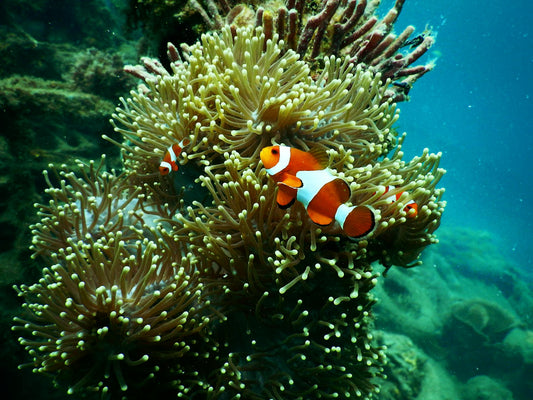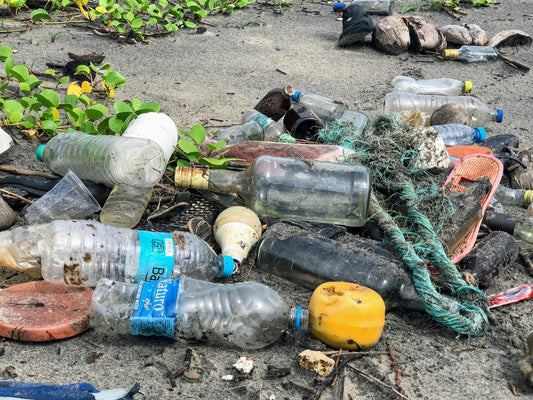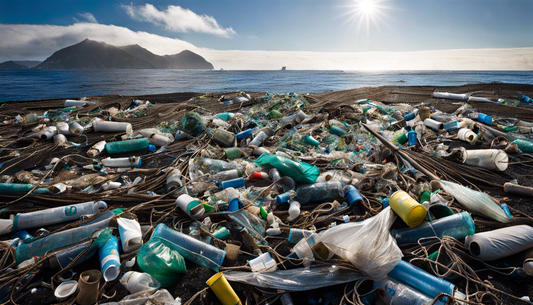Share
Romantic Trouble: Kenya’s Valentine’s Roses Battle Pests and Pesticides
This Valentine's Day, Kenya's flower farms face a significant threat from a tiny moth known as the false codling moth. The moth's larvae, laid within rosebuds, can devastate flower crops, and is causing serious disruption to Kenya's flower industry.
Moth Infestation Affects Exports
This pest has been damaging crops across Africa and the European Union is stepping up its efforts to prevent the spread of this now-quarantined pest into their region. The implications for Kenyan farmers are significant, as detection of a single live moth at any stage of development leads to rejection of the entire flower consignment. This has led farmers to lose about 30% of their revenue.
Flower Industry: A Key Piece of Kenya’s Economy
Kenya's flower industry employs around half a million people and overall is worth over $800 million. Roses make up approximately 66% of Kenya's cut flower exports, an estimated value of about $300 million. With the increase in the number of roses sampled by the EU from 5% to 25% since 2020, frequent quarantine and returns of shipments have become a common issue.
The Pesticide Paradox
In a bid to combat these pests, flower farmers have been using pesticides heavily. A 2020 study revealed that a significant 75% of the pesticides used in Kenya are highly hazardous, with almost half of them being banned within the EU. Given the climate and soils in Kenya, these pesticides are seen as necessary to prevent crop losses.
Farmers wishing to export to the EU must walk a delicate line between complying with EU pesticide regulations and managing the moth infestations. However, with tightening EU regulations, many Kenyan growers are considering exporting to markets with less stringent criteria, such as the Middle East.
Future Control: Natural Methods?
These challenges haven’t deterred the Kenyan farmers yet. Many are exploring natural pest control methods including the release of beneficial insects, using pheromone traps, and composting instead of chemical fertilizers. While this may prove a challenging Valentine’s Day for the flower farmers, they are hopeful that these changes will lead to a more sustainable future for their businesses.
We hope you enjoyed this article. Please feel free to leave a comment below if you want to engage in the discussion.
If you want to read more like this, make sure to check out our Blog and follow us on Instagram. If you are interested in truly sustainable products, check out our Shop.
Check out the original source here.








